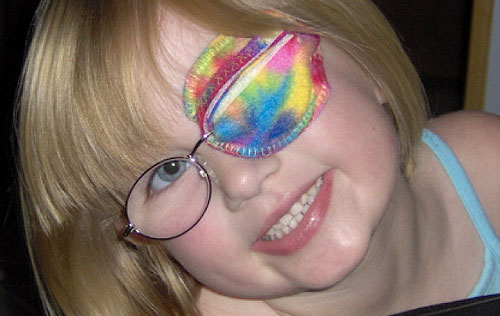
Strabismus (Crossed-eyes)
Strabismus is a vision condition in which your eyes are not properly aligned with each other, resulting in double vision or the suppression of the image from the affected eye. For a variety of reasons, one or both your eyes turn in, out, up, or down.
Who is affected by strabismus?
Children under 6 are the ones most affected by strabismus. It is estimated that five percent of all children have some type or degree of strabismus. Although rare, strabismus sometimes begins in adulthood, but this is usually the result of a stroke, tumour, or other vascular disease.
What are the effects of strabismus?
Children with strabismus may initially have double vision. In an attempt to avoid double vision, the brain will eventually disregard the image from one eye. In time, the ignored eye will become unable to function normally and may result in the development of lazy eye (amblyopia).
How is strabismus diagnosed?
Having your child’s eyes examined by an optometrist will determine if a strabismus is present. Comprehensive eye examinations are recommended to children from 6 months to 19 years of age. OHIP covers the cost of the yearly eye examination.
How is strabismus treated?
Treatment for strabismus can include eye glasses, prisms, vision therapy, and in some cases, surgery. It is important to note that a child will not grow out of strabismus and that without proper treatment the condition may become worse.

Comments closed
No comments. Leave first!